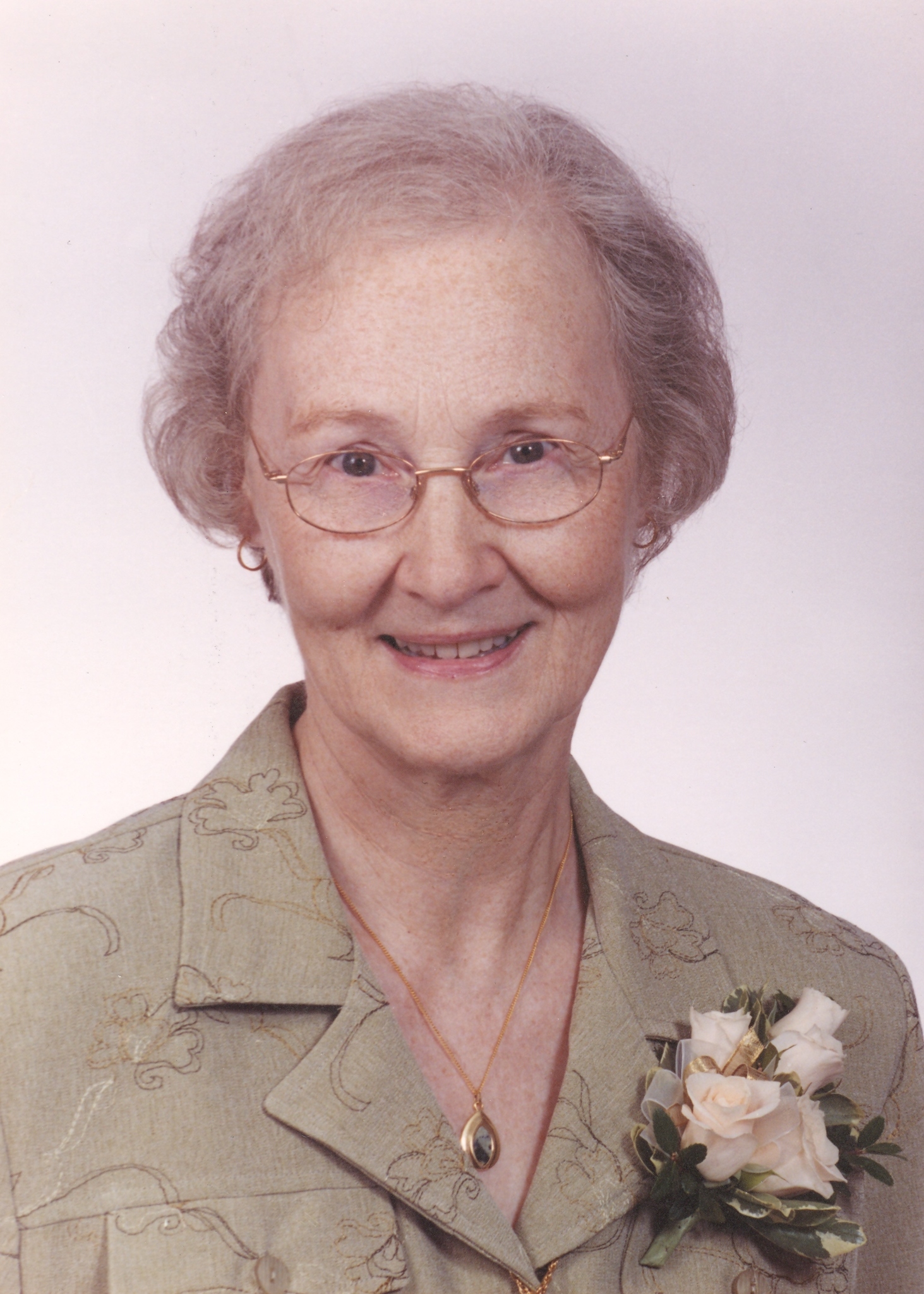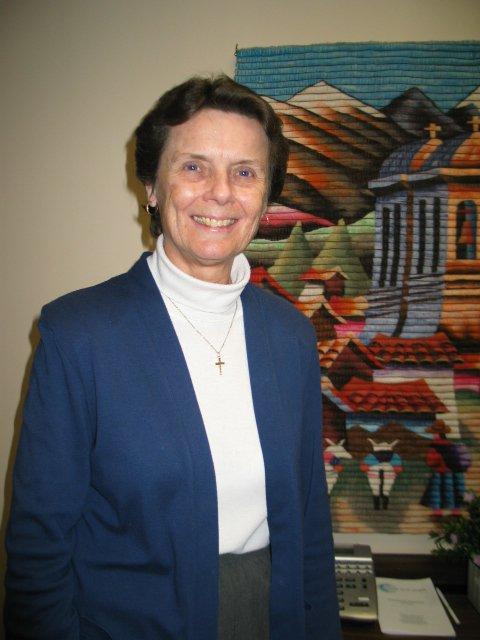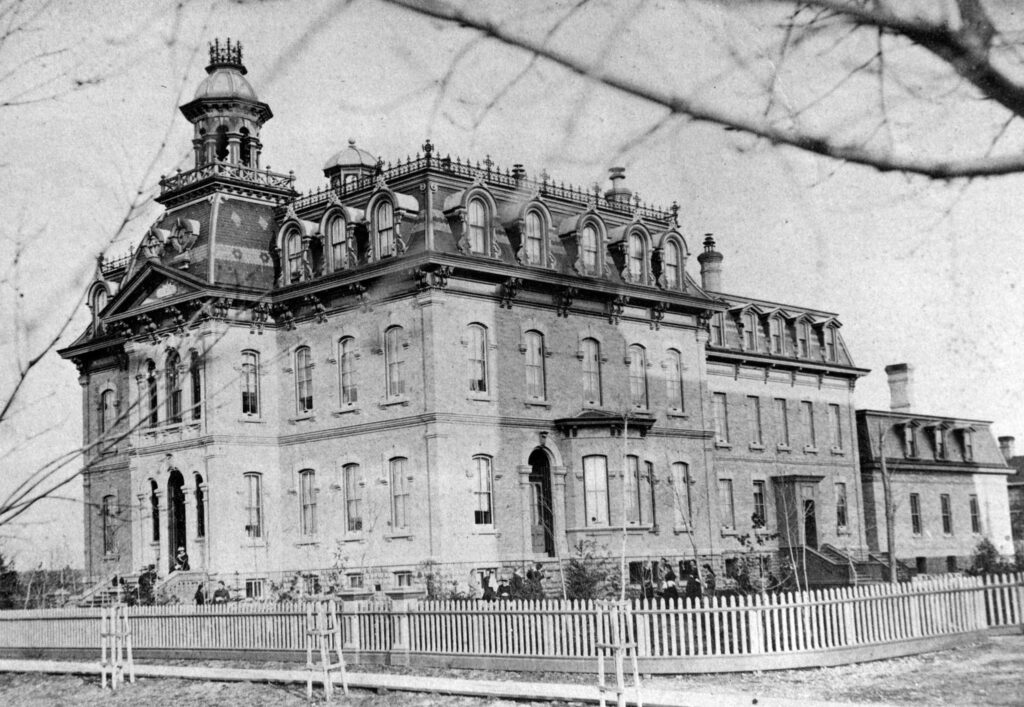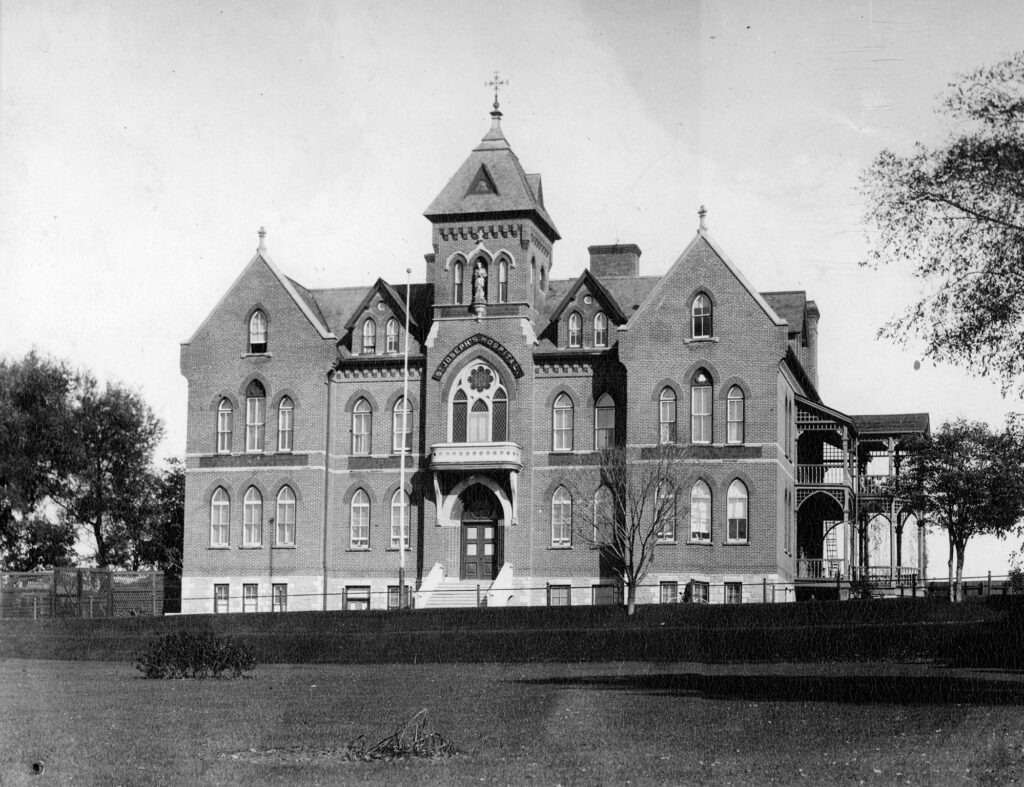We were very pleased to be accepted into the Internet Archives web archiving program, the Community Webs Program, this year. These days, so many organizations have websites, and these are sources of rich information about their organization, activities, and history. They are sources of multimedia including photographs, videos, and audio recordings. Websites are records just like physical materials, but they are different because they undergo constant change, and are subject to degradation and loss. In fact, according to Jill Lepore in her article in the New Yorker, “The Cobweb,” she states the lifespan of a webpage can be as little as 100 days! (see “The Cobweb,”)
So how do we preserve these fragile and ephemeral records? Thankfully, the vision of Brewster Kahle who founded the Internet Archive, has provided us with a tool, Archive-It, which can capture websites and replay them in their full functionality with another tool, the Wayback Machine.
As they explain it, the Community Webs Program provides participants with the opportunity to capture the stories of communities and diversify the historical record by preserving many voices. It provides the tools and skills to preserve the websites and social media platforms of local communities and their citizenry, attesting to their presence, visions, dreams, and hopes, so that future generations will know…we were here at this moment in time.
According to the Community Webs Program, there are now more than 150 members of this program. “These organizations have collectively archived over 100 terabytes of web-based community heritage materials, including more than 800 collections documenting the lives of local citizens, marginalized voices, and groups often absent from the historic record. The program and its participants have also created open educational resources relating to web archiving, digital preservation, community archiving, and collection development, explored new forms of local engagement and partnerships through public programming and crowdsourcing, and had their digital collections used by scholars and in computational research work.” (see About Community Webs)
We feel very fortunate to have been selected to participate in the Community Webs Program, and have been working to archive our own congregational website, and related websites of the Sisters of St. Joseph in Canada and the United States. It has been a learning curve, but we are so very grateful to the wonderful staff at Internet Archive who are so supportive, patient, and willing to guide us in this journey. While still a work in progress, you can see what we have accomplished so far by visiting our Community Webs site: Congregation of the Sisters of St. Joseph in Canada




